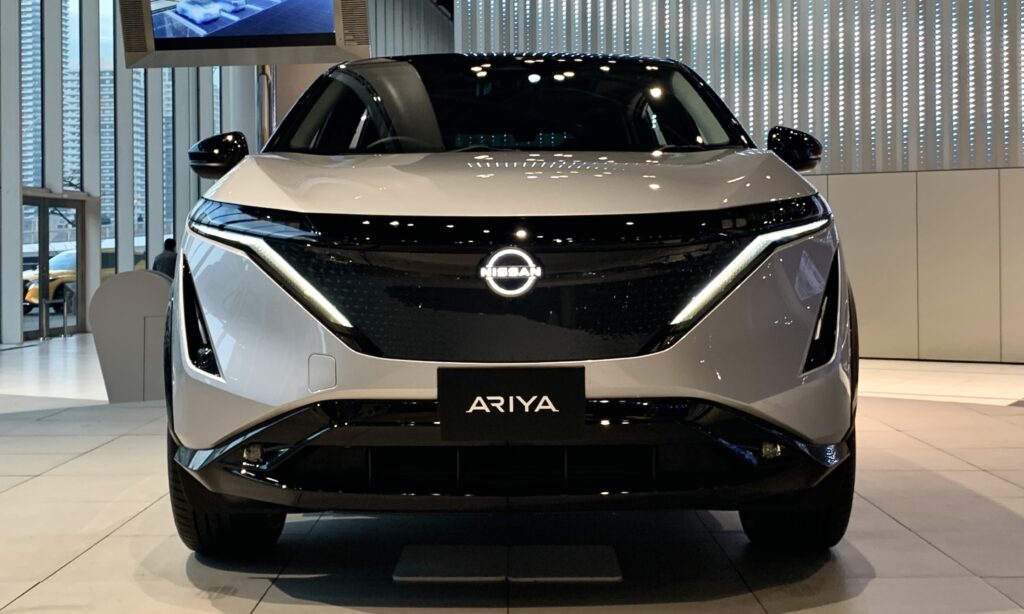
Car ownership often begins with the reassuring promise of a warranty, a safeguard designed to cover defects and ensure repairs without unexpected out-of-pocket costs. This initial peace of mind is crucial, giving drivers confidence in their new or certified pre-owned vehicle. However, the reality of automotive ownership can quickly diverge from this ideal, particularly when a vehicle ages beyond its factory warranty period.
Many consumers find themselves in a challenging position when issues arise, only to discover their dealership is unable or unwilling to resolve problems under warranty terms. This predicament, where a vehicle repeatedly fails despite repair attempts, can lead to significant frustration and uncertainty. The landscape of automotive repairs has shifted, with service departments increasingly rejecting warranty-related work, leaving owners to navigate a complex system of obligations and limitations.
To empower car owners in this evolving environment, we delve into critical areas where vehicles can become significant financial burdens once their warranties expire. Drawing insights from automotive experts and consumer experiences, this comprehensive guide will highlight specific car brands that tend to disappoint post-warranty and illuminate common repair scenarios where dealerships frequently push back. Understanding these potential pitfalls is the first step toward making informed decisions and protecting your investment.
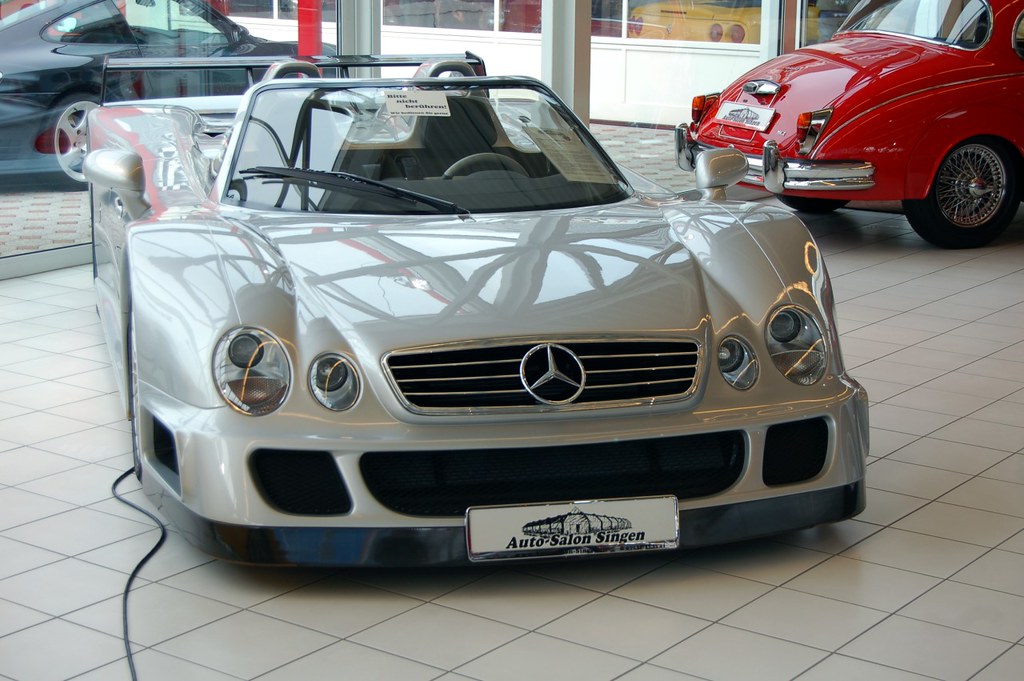
1. **Mercedes-Benz: The High Cost of Complexity Post-Warranty**Mercedes-Benz, a brand synonymous with luxury and engineering prowess, has unfortunately seen a decline in quality, particularly in recent years. Automotive experts, such as Andy’s Auto Advice, note that the period around Daimler’s renaming to Mercedes-Benz Group in 2022 marked a noticeable shift. This observation suggests a potential correlation between corporate restructuring and manufacturing quality.
These high-end vehicles are characterized by their extreme complexity, a factor that directly translates into increased maintenance demands. Compared to standard, average vehicles, Mercedes-Benz models require a considerably higher level of specialized care. This inherent complexity means that even routine servicing can be more involved and therefore more expensive.
Once a Mercedes-Benz vehicle transitions out of its factory warranty, owners should brace themselves for substantial costs. The intricate systems and advanced technology, while offering a superior driving experience, become a significant financial liability when repairs are needed. The specialized knowledge and parts required for these vehicles often lead to premium pricing at service centers, making post-warranty ownership a costly endeavor.
The expectation of ‘paying up’ for maintenance and repairs is a stark reality for those owning Mercedes-Benz models beyond their initial warranty period. This financial commitment is a crucial consideration for potential buyers, highlighting the importance of understanding long-term ownership costs beyond the initial purchase price. The sophisticated nature of these cars, while attractive, demands a proportional investment in their ongoing upkeep.
Read more about: Unmasking the Money Pits: 12 Vehicles and Recalls That Cost You Dearly After Warranty Expires

2. **Jeep Models: Questionable Quality Post-Acquisition**Jeep models, particularly those produced post-Stellantis acquisition, have raised concerns regarding their build quality. Experts like Andy’s Auto Advice point to the extensive use of Fiat-built engines in many contemporary Jeep vehicles, with the exception of the long-standing Pentastar engine. This integration of components from different manufacturing lineages is perceived as a factor contributing to a decline in overall vehicle quality.
The models specifically implicated in this trend include popular lines such as the Renegade, Cherokee, and Wrangler, among others within the Jeep lineup. The shift in engine suppliers and manufacturing processes under the Stellantis umbrella has led to questions about the consistency and durability of these vehicles. For consumers, this translates into potential reliability concerns once the factory warranty has expired.
A significant point of contention for many is the pricing strategy employed by Jeep. Experts express puzzlement over the high cost of entry for these vehicles, considering the perceived drop in quality. The sentiment is that ‘I don’t know where Jeep is getting these prices from,’ suggesting a disconnect between the market value and the actual quality delivered, especially regarding long-term reliability.
Buyers are therefore advised to exercise caution, particularly when considering the ownership experience after the warranty period. The combination of quality concerns linked to engine sourcing and the high initial purchase price means that potential repair costs post-warranty can quickly become disproportionately expensive. This makes a careful evaluation of extended coverage or a robust repair fund essential for Jeep owners.
Read more about: Unmasking the Money Pits: 12 Vehicles and Recalls That Cost You Dearly After Warranty Expires

3. **Land Rover / Range Rover: Unreliable Luxury**Land Rover and Range Rover vehicles are renowned for their striking aesthetics and impressive capabilities, yet they carry a persistent reputation for unreliability. Despite their ‘beautiful’ designs, these brands ‘are very unreliable and they have been for a long time,’ according to experienced automotive commentators. This long-standing issue casts a shadow over their otherwise desirable attributes.
While acknowledging their ‘great tech and off-road capabilities,’ the caveat often highlighted is that these features are only truly enjoyable ‘when they’re running.’ This emphasizes the fundamental problem: frequent breakdowns and operational issues detract significantly from the ownership experience. The advanced technology and rugged design, while appealing, do not consistently deliver on durability.
The financial implications of owning a Land Rover or Range Rover become particularly acute once the factory warranty expires. The cost of repair for these vehicles is frequently described as ‘insane,’ indicating that owners face exorbitant expenses for even common issues. This dramatically inflates the total cost of ownership, transforming what might seem like a luxury investment into a perpetual financial drain.
Prospective buyers are thus faced with a critical decision: the allure of sophisticated design and robust performance versus the documented reality of significant unreliability and prohibitive repair costs. The consistently high expense associated with maintaining these vehicles post-warranty makes them a prime example of brands where a comprehensive understanding of long-term financial commitments is paramount.
Car Model Information: 2019 Lexus GX 460 Premium
Caption: 2022 Range Rover SE P440e (L460, fifth generation, United Kingdom)
Aka: unbulleted list
Name: Range Rover
Manufacturer: unbulleted list
Production: 1969–present
Assembly: unbulleted list
Class: unbulleted list
Layout: Front-engine, four-wheel-drive layout
Sp: uk
Categories: 1980s cars, 1990s cars, 2000s cars, 2010s cars, 2020s cars
Summary: The Land Rover Range Rover, generally shortened to Range Rover, is a 4WD luxury mid to full size crossover marque and sub-brand of Jaguar Land Rover, owned by India-based Tata Motors. The Range Rover line was launched in 1970 by British Leyland and since 2022 is in its fifth generation.
Additional models have been launched under the Range Rover name, including the Range Rover Sport, Range Rover Evoque, and Range Rover Velar.
Get more information about: Range Rover
Buying a high-performing used car >>>
Brand: Land Rover Model: Range Rover
Price: $30,991 Mileage: 72,932 mi.
Read more about: Beyond the Showroom Shine: 15 Car Brands and Models Driving Experts Would Never Buy – And Why You Shouldn’t Either
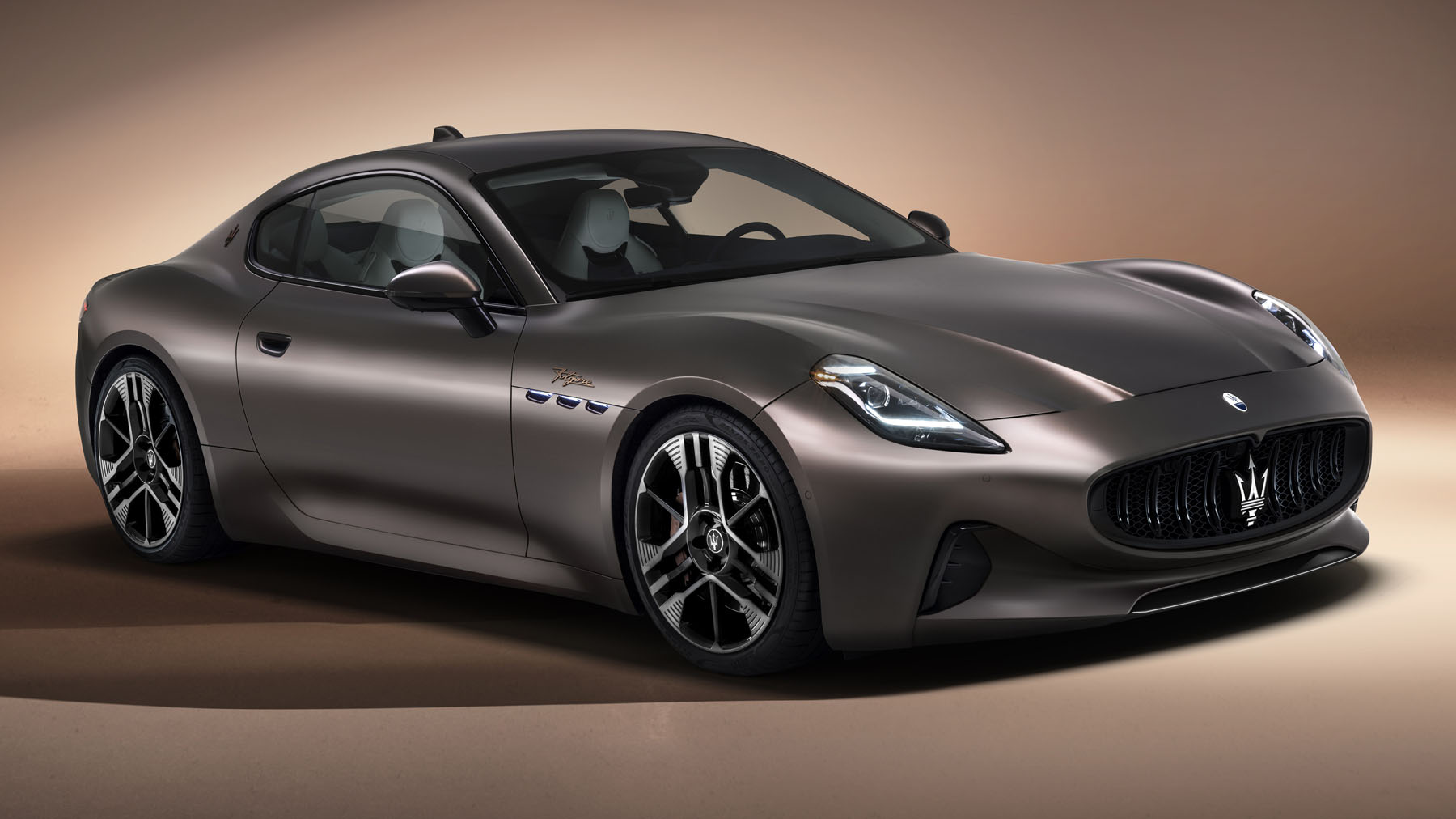
4. **Maserati: Premium Price, Compromised Quality**Maserati, a brand steeped in automotive heritage and exotic appeal, has reportedly seen its build quality suffer significantly since its acquisition by Chrysler. This corporate change has led to a perceived dilution of the brand’s premium manufacturing standards. The concern among enthusiasts and experts is that the distinct quality expected from a high-end Italian marque is compromised by shared components.
A key point of frustration revolves around the incorporation of parts from less expensive brands, notably Chrysler. The rhetorical question, ‘Who wants to pay $80,000 or $100,000 for a vehicle with Chrysler 300 parts inside?’ perfectly encapsulates this dissatisfaction. It highlights a perceived mismatch between the luxury price tag and the underlying componentry, impacting the value proposition for discerning buyers.
Beyond the component concerns, Maserati vehicles are also cited for persistent operational issues. They ‘always seem to be breaking down and experiencing engine issues,’ according to automotive observations. This widespread unreliability and propensity for mechanical failures are significant deterrents, particularly for vehicles positioned at the premium end of the market.
While the visual appeal and ‘looks of them’ are generally appreciated, buyers are strongly advised to ‘beware after the factory warranty’s up.’ The consensus is clear: ‘The quality does not match the price’ when considering the long-term reliability and potential repair costs. This makes Maserati another brand where post-warranty ownership demands careful financial planning and a robust repair strategy.
Read more about: Warranty Worries: 16 Luxury Cars That Won’t Survive the First Oil Change Without Multiple Shop Visits

5. **Porsche: Over-Engineered, Over-Priced Maintenance**Porsche vehicles are widely acknowledged for their ‘excellent’ build quality and design, setting a high standard in engineering and aesthetics. However, despite this initial praise, a specific challenge arises from their highly engineered nature. Experts characterize them as ‘way over-engineered,’ a trait that, while contributing to performance, complicates their maintenance and repair.
The complexity becomes particularly evident with certain engine configurations, such as those found in the Boxster models. These engines ‘can be difficult to work on,’ presenting a considerable challenge for independent mechanics. The intricate design and specialized requirements often deter mechanics outside of authorized dealerships from undertaking repairs, limiting options for owners.
This difficulty in independent servicing forces many Porsche drivers to rely exclusively on dealership service departments for all their maintenance and repair needs. The consequence of this reliance is steep: ‘maintenance is through the roof’ at these official centers. The combination of specialized tools, expertise, and authorized parts leads to significantly higher costs compared to independent shops.
Therefore, while the initial quality is undeniable, the long-term ownership cost of a Porsche, especially post-warranty, can be prohibitive due to these inherent design complexities and the resulting service landscape. Prospective owners must weigh the appeal of superior engineering against the reality of high, specialized maintenance expenses, making thorough research into potential service costs a critical step.
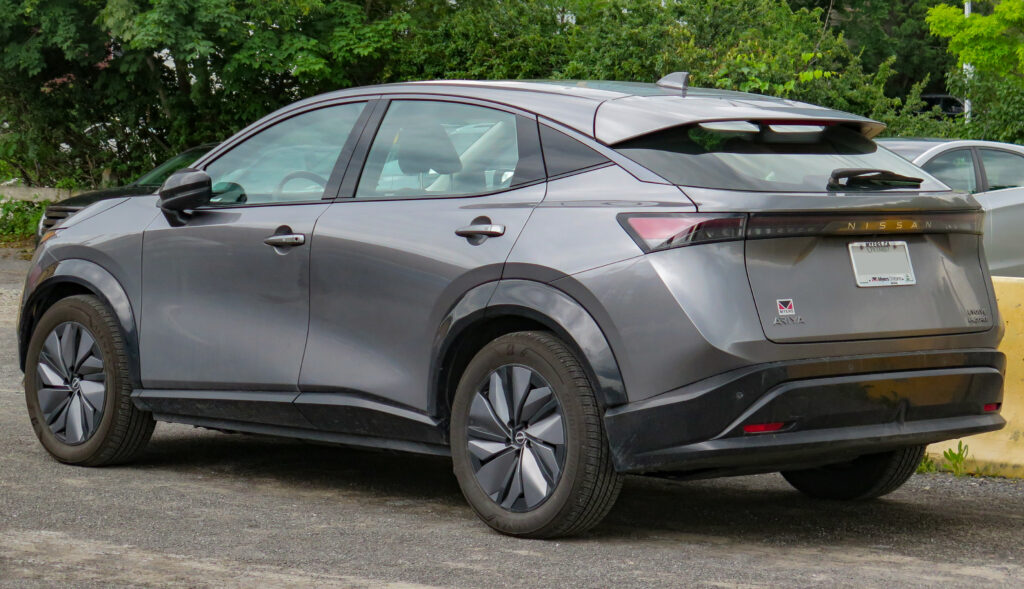
6. **Oil Consumption Problems: A Common Repair Refusal Nightmare**One of the most frequent and frustrating issues car owners face after their warranty expires, or even under active warranty, pertains to oil consumption problems. Dealership service departments commonly ‘turn away repairs related to oil consumption problems that go beyond routine maintenance.’ This often occurs despite the owner experiencing noticeable issues, leaving them in a difficult situation.
The primary reason for these refusals often stems from the challenge of replication. Service departments typically struggle to confirm excessive oil consumption during ‘short diagnostic sessions,’ leading them to dismiss customer complaints. Without immediate, clear symptoms during a quick check, dealers may claim they cannot identify an actionable problem, deferring responsibility back to the owner.
This pattern leaves owners to contend with ongoing oil consumption, which can lead to engine damage if not addressed, and the financial burden of constantly topping up their oil. The problem is exacerbated when dealerships classify these issues as ‘normal operation’ or within ‘normal specifications,’ even when owners report a clear and problematic increase in oil use beyond what is reasonable for the vehicle’s age or mileage.
Navigating an oil consumption issue can be a significant post-warranty nightmare. Owners must meticulously document their oil usage, including dates and amounts, and be prepared to advocate strongly for their concerns. Without a clear resolution, these persistent problems can severely impact vehicle reliability and lead to premature wear of critical engine components, escalating repair costs significantly over time.

7. **Transmission Repair Issues: Complexities and Contention**Transmission repairs represent another significant area where car owners frequently encounter pushback from dealerships, particularly once the factory warranty has lapsed. These complex mechanical systems are vital to vehicle operation, yet issues like ‘clear shifting problems or unusual noises’ are often met with resistance. This creates a contentious scenario for owners seeking resolution.
Dealerships frequently decline work on complex transmission issues, citing the extensive diagnosis required. The internal mechanics of a transmission can be intricate, demanding considerable technician time and specialized equipment for proper assessment. This diagnostic complexity, combined with the typically lower profit margins on warranty work, creates a disincentive for service departments to engage with these problems thoroughly.
A common tactic used by service departments to avoid these costly and time-consuming repairs is to attribute transmission problems to ‘normal operation.’ Even when drivers report obvious anomalies in shifting or distinct auditory warnings, dealers may dismiss these concerns as within acceptable parameters. This leaves owners in a precarious position, facing potential major component failure without official acknowledgement.
The ramifications of unaddressed transmission issues are severe, ranging from diminished driving performance to complete vehicle immobilization. After the warranty expires, the full financial brunt of these complex repairs falls squarely on the owner, with costs potentially running into thousands of dollars. Understanding the propensity for dealerships to refuse such work highlights the necessity for proactive maintenance and perhaps extended coverage to mitigate these significant post-warranty risks.
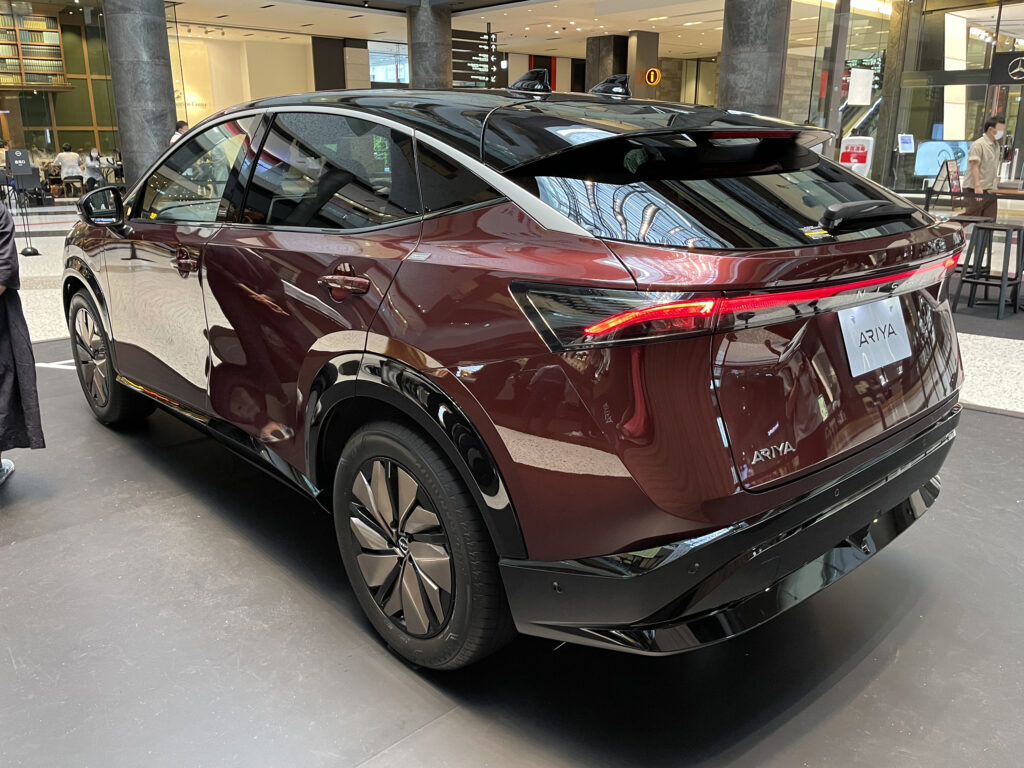
8. **Electrical System Failures: Intermittent Issues and Dealership Evasion**Electrical system failures pose a particularly frustrating challenge for car owners, often leading to immediate repair refusals from dealerships. These issues, ranging from dashboard warning lights that appear sporadically to completely non-functional components, are frequently dismissed. Service departments may claim they “cannot duplicate the issue during brief test drives,” a common justification when the problem manifests intermittently. This leaves owners in a difficult position, struggling with vehicles that are unreliable or potentially unsafe.
The complexity of modern vehicle electrical systems, which can involve intricate networks of sensors, wiring, and control modules, exacerbates these diagnostic challenges. Dealership technicians, under pressure for quick turnaround times, may find it difficult to invest the extensive time required to pinpoint an intermittent electrical fault. This can result in a quick dismissal of the customer’s complaint, pushing the responsibility back onto the owner despite clear underlying issues.
Compounding the problem, certain specific electrical issues, such as those caused by “rodents chewed wires,” are also commonly denied. While external factors like rodent damage might be viewed as outside manufacturer defect, the broader category of “electrical system failures” often stems from inherent component flaws. The refusal to properly diagnose and address these problems, even when they appear sporadically, forces owners to seek costly independent repairs or live with persistent vehicle malfunctions.

9. **Engine-Related Problems Beyond Oil Consumption: The Blame Game**While oil consumption issues were addressed in Section 1, other engine-related problems also frequently encounter strong resistance from dealerships once a vehicle’s warranty is nearing its end or has expired. Service departments are often quick to “attribute issues to poor maintenance practices,” attempting to shift blame away from potential manufacturing defects or design flaws. This approach can be particularly frustrating for diligent car owners who have meticulously followed their vehicle’s service schedule.
For example, issues like “timing chain noise” or other internal engine wear, which can be indicators of deeper mechanical problems, might be dismissed. Dealerships may assert that such concerns are “within normal specifications,” even when owners clearly perceive a problematic noise or performance degradation. This justification effectively sidesteps their obligation to investigate and repair, leaving owners to face escalating issues that could lead to catastrophic engine failure down the line.
The financial incentive for dealerships to avoid extensive engine repairs under warranty is significant. Diagnosing and repairing complex internal engine components can be incredibly time-consuming and expensive, often yielding lower profit margins for warranty work compared to customer-paid services. This economic reality creates a systemic bias, making it more challenging for owners to secure necessary repairs for legitimate engine-related concerns once the factory coverage begins to wane.

10. **Navigating Your Legal Rights: The Magnuson-Moss Act and State Protections**When faced with dealership repair refusals, car owners are not without recourse; crucial legal protections exist to safeguard their rights. The “Magnuson-Moss Warranty Act” is a pivotal federal law that prohibits service departments from “voiding warranties solely because owners used aftermarket parts or had work done at independent shops.” This means consumers have the freedom to choose where they have their vehicle serviced without fear of losing their warranty coverage, provided the work meets manufacturer specifications and parts match OEM quality standards.
Beyond this federal safeguard, “state-specific laws add another layer of protection,” often including “right-to-repair legislation.” These state laws are designed to empower car owners further by requiring “manufacturers to provide independent repair shops access to the same diagnostic tools and repair information available to dealerships.” This levels the playing field, making it easier for independent mechanics to accurately diagnose and fix complex vehicle issues, thereby expanding options for owners who face dealer resistance or exorbitant costs.
Understanding these legal frameworks is essential for any car owner. The Act also mandates that “manufacturers clearly state what is and isn’t covered under warranty terms,” providing a basis for challenging unwarranted denials. While “manufacturer warranties come with specific limitations,” knowledge of the Magnuson-Moss Act and relevant state laws can prevent dealerships from exploiting these limitations or outright misrepresenting coverage, ensuring owners receive the repairs they are entitled to.
As we’ve journeyed through the complex world of post-warranty car ownership, it’s clear that navigating potential repair nightmares requires a blend of vigilance, knowledge, and proactive strategy. The battle between car owners and dealerships over refused repairs continues to evolve, yet consumers are far from powerless. By understanding your legal rights, meticulously documenting every interaction, and leveraging the growing network of trustworthy independent repair shops, you can effectively challenge unfair denials and safeguard your automotive investment. Taking control of your repair rights isn’t just about avoiding costly surprises; it’s about empowering yourself to maintain your vehicle’s dependability and ensure peace of mind for the long haul.



